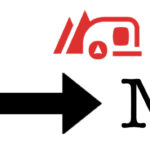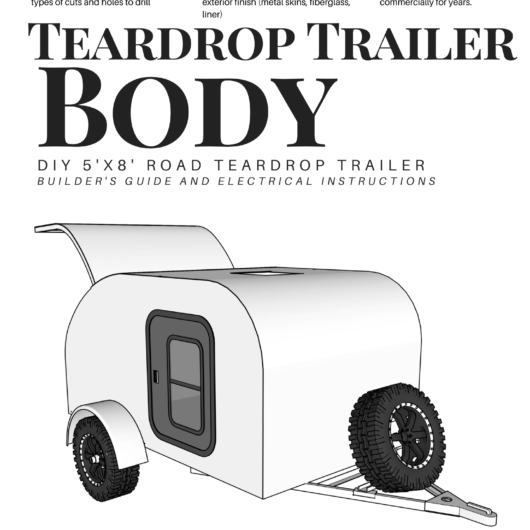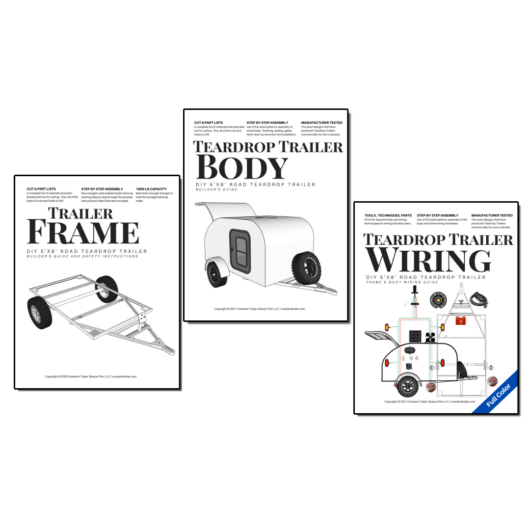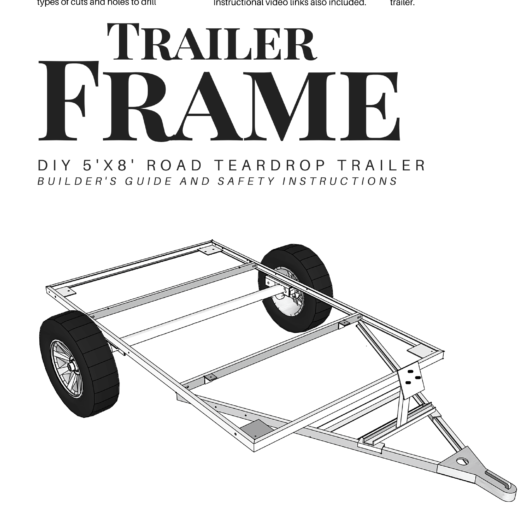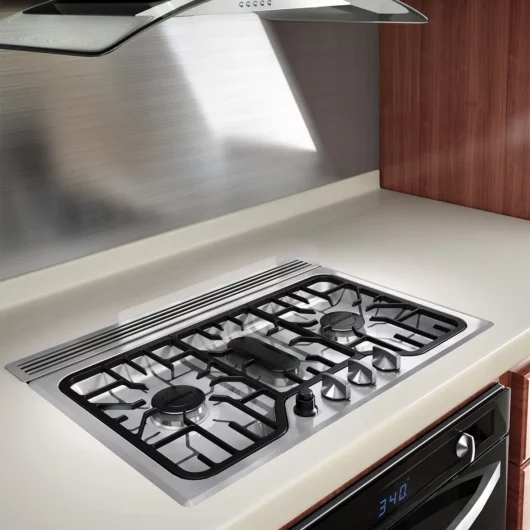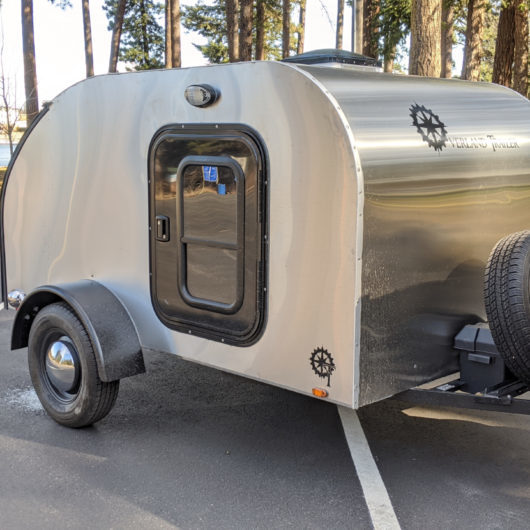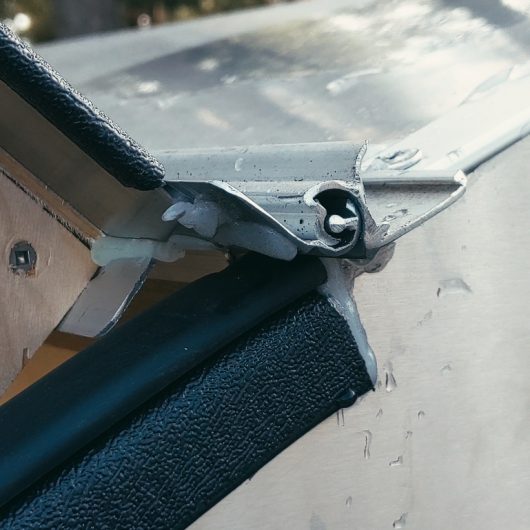
If you have built your teardrop trailer from scratch or a kit, you may be wondering how to register it in California. Registering your DIY teardrop trailer is not only a legal requirement in California, but also a way to protect your investment, ensure your safety, and increase your resale value.
Key Takeaways
- You need a VIN for your trailer, which you can get by applying for a Specially Constructed Vehicle (SPCNS) certificate or by having your trailer inspected by the DMV.
- You need a title and a license plate for your trailer, which you can get by submitting your VIN, proof of ownership, and other documents to the DMV.
- You need to pay taxes and fees for your trailer, which may vary depending on your trailer’s weight, value, and use.
- You need to renew your registration periodically and display a valid sticker on your license plate.
- You need to follow the safety and emission standards for your trailer, which may require a brake and light inspection and a smog certification.
How to Get a VIN for Your DIY Teardrop Trailer
A Vehicle Identification Number (VIN) is a unique 17-digit code that is assigned to your trailer by the manufacturer or the state. It is used to identify your trailer and track its history. You need a VIN for your trailer before you can get a title and a license plate.
There are two ways to get a VIN for your DIY teardrop trailer in California:
- Apply for a Specially Constructed Vehicle (SPCNS) certificate. This is a certificate that proves that your trailer is a homemade or kit vehicle built for private use, not made by a licensed manufacturer, and not eligible for resale. To apply for a SPCNS certificate, you will need to fill out an Application for Title or Registration (REG 343) form and a Statement of Construction (REG 5036) form and submit them to the DMV along with bills of sale and/or receipts for major parts (the engine, frame, transmission, and body). You can find these forms and more information on the DMV website.
- Have your trailer inspected by the DMV. This is an option if your trailer is not eligible for a SPCNS certificate, or if you prefer to have your trailer verified by an authorized DMV employee. To have your trailer inspected, you will need to bring your trailer to a DMV office for verification, along with a completed Vehicle Verification (REG 31) form and proof of ownership, such as bills of sale, invoices, or sales slips. You can find the REG 31 form and more information on the DMV website.
How to Get a Title and a License Plate for Your DIY Teardrop Trailer
A title is a legal document that proves your ownership of the trailer. A license plate is a metal tag that displays your registration number and expiration date. You need a title and a license plate for your trailer to legally operate it on public roads.
To get a title and a license plate for your DIY teardrop trailer in California, you will need to submit the following documents to the DMV:
- Your VIN, either from your SPCNS certificate or from your trailer inspection.
- A completed Application for Title or Registration (REG 343) form.
- Official Brake and Light Adjustment Certificates, if your trailer is equipped with brakes and lights. You can get these certificates from a licensed brake and light station.
- A weight certificate from a California Certified Public Weighmaster, if your trailer is a pickup or truck. You can get this certificate on a public scale. You can find a list of scales on the DMV website.
- A smog certification, if your trailer is equipped with an engine. You can get this certification from a licensed smog check station. You can find a list of stations on the DMV website.
Taxes and Fees for Your DIY Teardrop Trailer
Depending on your trailer’s weight, value, and use, you may need to pay sales tax, use tax, property tax, registration fee, or other charges for your trailer. You may also need to renew your registration periodically and display a valid sticker on your license plate.
The table below summarizes the main taxes and fees for your DIY teardrop trailer in California:
| Tax or Fee | Amount | Frequency | How to Pay |
|---|---|---|---|
| Sales tax | Varies by county | One-time | Pay at the time of purchase or registration |
| Use tax | Varies by county | One-time | Pay at the time of registration or renewal |
| Property tax | Varies by county | Annual | Pay to the county tax collector |
| Registration fee | $46 | Annual | Pay to the DMV |
| SPCNS fee | $27 | One-time | Pay to the DMV |
| CHP fee | $27 | One-time | Pay to the DMV |
| Weight fee | Varies by weight | Annual | Pay to the DMV |
| Smog abatement fee | $20 | Biennial | Pay to the DMV |
You can find out the exact amount and frequency of these payments by contacting your local DMV or equivalent agency.
Keep Your DIY Teardrop Trailer Current with the State of California
Once you have registered your DIY teardrop trailer in California, you need to follow the safety and emission standards for your trailer and keep your registration current.
Here are some tips to keep your DIY teardrop trailer registration current with the state of California:
- Make sure your trailer meets the minimum equipment requirements, such as brakes, lights, reflectors, tires, and safety chains. You can find a list of requirements on the DMV website.
- Make sure your trailer passes the brake and light inspection and the smog check, if applicable. You can find a list of inspection stations on the DMV website.
- Make sure your trailer has a valid license plate and sticker, and display them in the correct location. You can find the location requirements on the DMV website.
- Renew your registration every year with the State of California, and pay the required taxes and fees. You can renew your registration online, by mail, or in person. You can find the renewal options on the DMV website.
Register Your Teardrop Trailer in California: Contacts
Congratulations, you’ve registered your new DIY Teardrop Trailer in California!
Here are some useful DMV contact information for the state of California:
- DMV website: https://www.dmv.ca.gov/
- DMV phone number: 1-800-777-0133
- DMV email: dmvwebmaster@dmv.ca.gov




